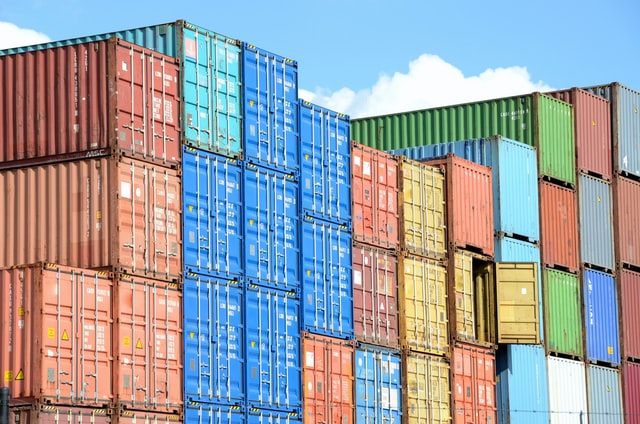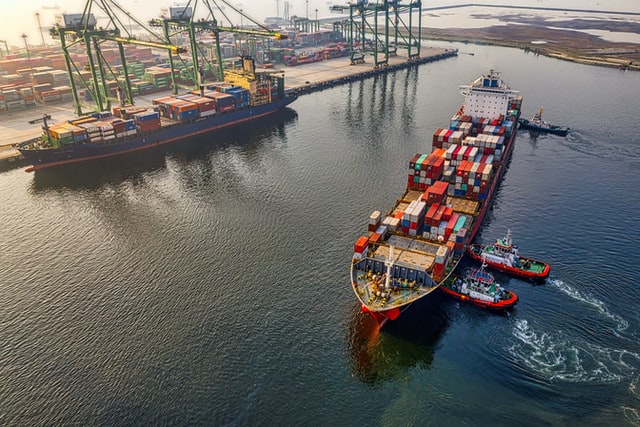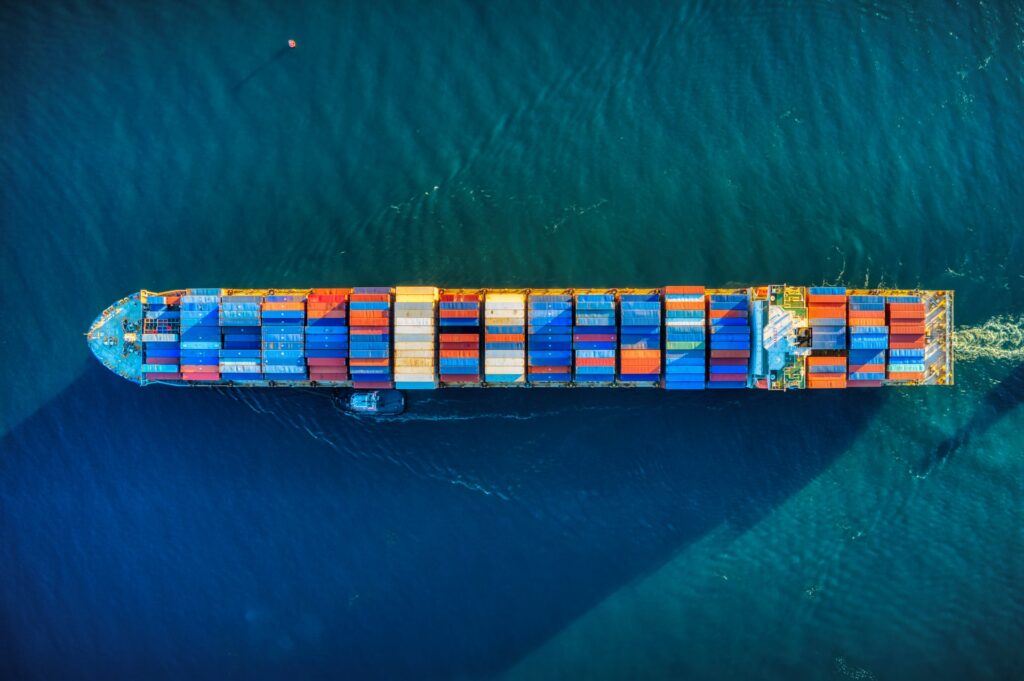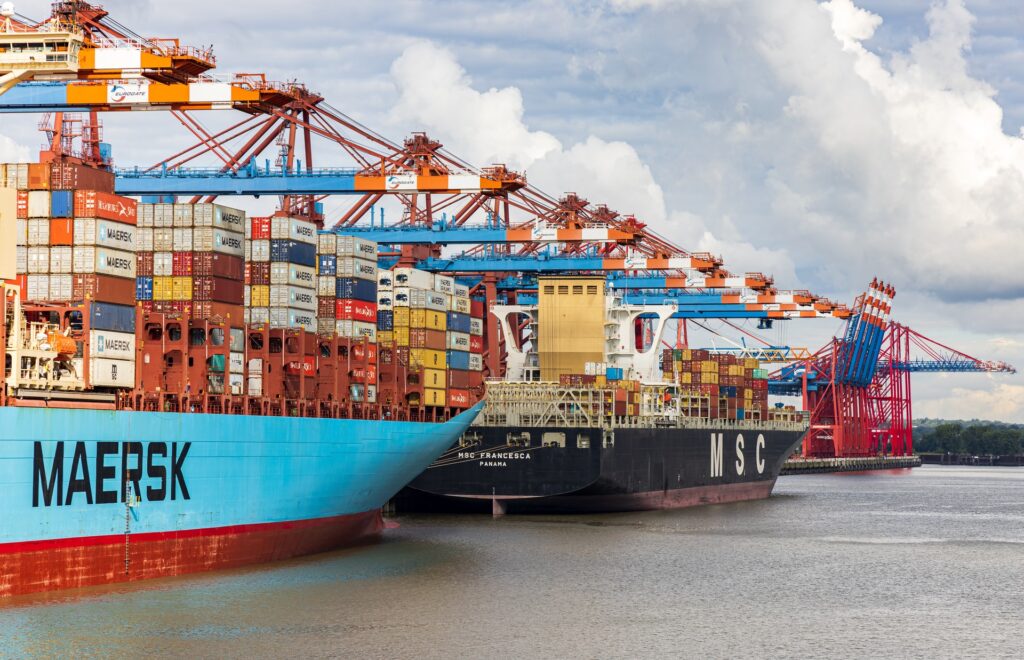
A Look at The Global Shipping Container Shortage
In the past year, there has been a global shipping container shortage. As a result, rates have skyrocketed and there has been an increase in issues all along the supply chain. This has disrupted global trade in unforeseen ways.
How It Started
The issues began in early 2020, when due to the COVID-19 pandemic, lockdowns went into place all over the world. Companies stopped producing their materials and products, and global trade drastically declined. As a result, many companies began shipping less goods. Less countries were exporting or importing, and shipping containers were left empty. Consequently, empty containers began to pile up instead of ending up at their next destination.
With so many storage units stocked in one place, shipping decreased even as industry professionals started going back to work. A large amount became halted at inland container depots, instead of heading back to Asia to be filled and continue along the trade routes. Backlogs of containers and goods became prevalent, and as different countries went into lockdowns at different times, supply chains backed up even more.
During this time, most industries were affected. According to EY.com writer Sean Harapko, serious disruptions effected 57% of companies. 72% reported a negative effect on their company. Certain industries were effected more than others, with 97% of industrial product and automotive companies stating that the pandemic had a negative effect on their business.

Further Problems
Eventually, the trading industry started up again. Once this happened, China reportedly gained a monopoly on the containers. China produces a large amount of consumer goods for internal trade. Due to this, they tend to have more storage containers, and choose where to send them next. If someone is not next on the list, it may be a while before they receive the boxes they need. In turn, this also effects other equipment used along the internal supply chain. America and many other countries rely on these systems and have become dependent on the equipment.
Second, during the pandemic, whilst main facilities were closed, online shopping and ordering soared. It has been reported that in 2020, there was an increase of $105 billion in the ecommerce industry, which is already a several hundred-billion-dollar industry. It hit $598.02 billion in 2019 followed by $791.70 billion in 2020. Experts believe that the pandemic has accelerated e-commerce by two years. Innovations in fulfillment were pushed due to supply chain woes, and many stores assisted with same-day delivery for various merchants. All of this led to further issues in the supply chain, as more orders, both individual and bulk, meant the need for more shipping containers.

Unrelated Issues Affect Supply Chains
A third dilemma that impacted the industry was the Suez Canal blockage in March. The Ever Given, the ship that was stuck in the canal, was trapped for nearly 7 days. While it has now been several months since the blockage, shipping lines are still recovering. The Suez Canal accounts for 13% of passage of global sea trade. During the blockage, many ships were impacted, delaying shipments. Many of the ships stopped in this canal contained shipping containers, meaning they could not make it to their next destinations on time.
The Ever Given itself was not able to unload some of its cargo, which consisted of 18,000 shipping containers, due to its delays. After being stuck in the canal, it was then stopped in a lake off of the canal for months. During this time, the involved parties tried to negotiate compensation for the delay. Consequently, the ship arrive far too late for many of the seasonal clothing products onboard. It only arrived in late July, compared to its initial predicted arrival date, which was early spring.
Additionally, various global problems not necessarily related to the pandemic effected global change, and in turn the shipping containers. Texas was hit with a cold snap this winter, freezing the state. This heavily impacted industries that use plastic products. Hurricanes, tornadoes, and tropical storms also impacted various parts of the world, leading to more problems.

Moving Forward
Now, a solution to combat these issues could be to produce more shipping containers. However, only a small number of Chinese manufacturers produce these containers, and then lease them out to shipping companies. Even if those companies wanted to produce more, it would be a small amount being produced at a time. Moreover, less containers were produced in 2020 due to shutdowns and as a result companies are still trying to catch-up to the required production and replacement numbers, let alone increase production.
Over a year and a half has passed since COVID-19 was discovered and we are still feeling the negative impacts on supply chain and shipping container shortages. Experts predict this will likely continue throughout the rest of the year and into 2022.


